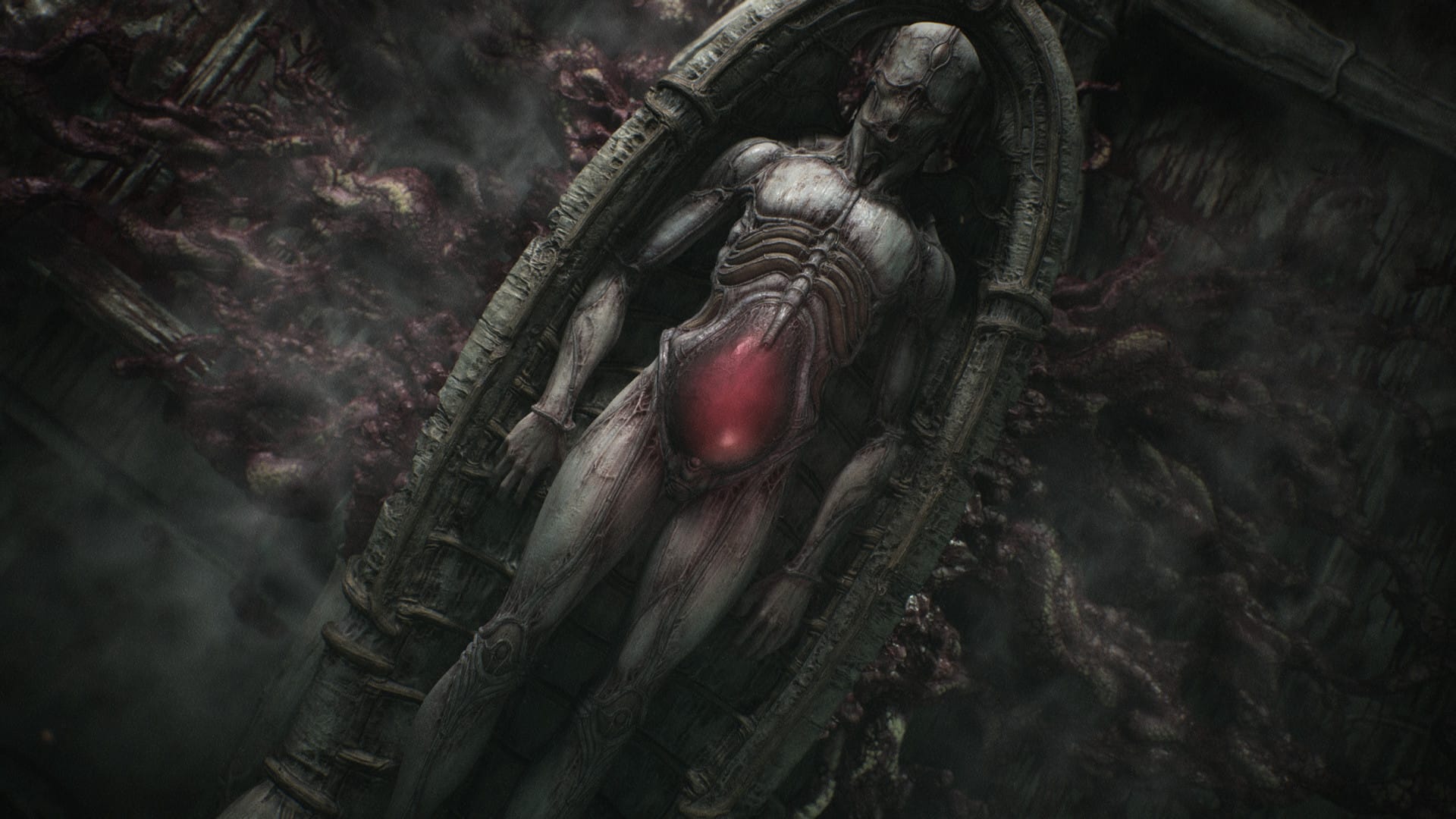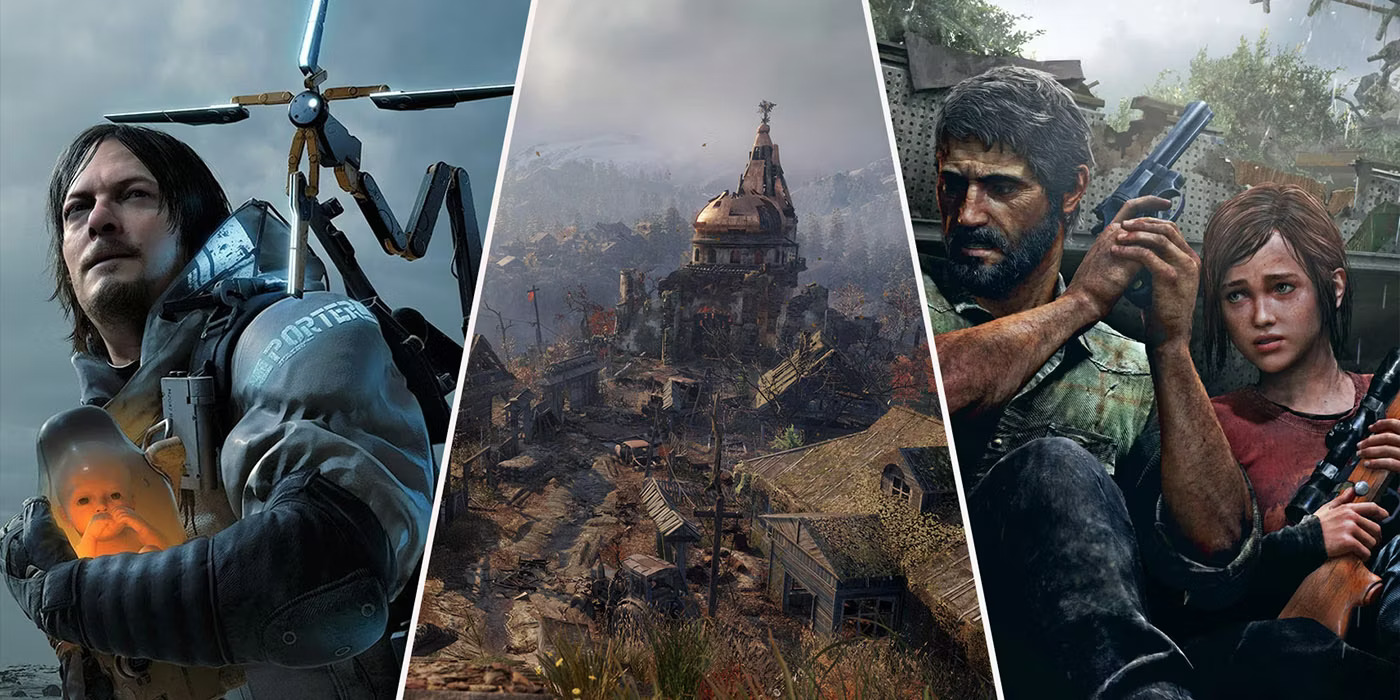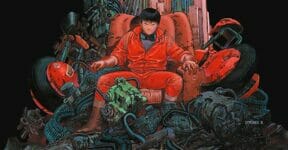Scorn is a deeply atmospheric, grotesquely beautiful biopunk horror game that immerses players in a surreal, fleshy world inspired by the works of H.R. Giger and Zdzisław Beksiński. With a heavy emphasis on exploration, environmental storytelling, and tactile interactions, Scorn delivers a hauntingly quiet journey through a decaying biomechanical labyrinth where the architecture seems alive and the protagonist’s body is both weapon and puzzle tool.
Plot and Setting
Scorn drops players into a wordless, dreamlike world with no exposition, dialogue, or text. The story is entirely environmental and interpretive, relying on visual cues, abstract symbolism, and unnerving encounters to convey a narrative.
You awaken as a humanoid creature in a massive, organic structure filled with living machines, parasitic organisms, and decaying flesh-tech constructs. Your goal is unclear—there’s no quest log, map, or clear objectives—but progress is made by manipulating the grotesque environment and navigating its nightmarish logic.
The game explores themes of birth, death, decay, and transformation, using bio-organic machinery and surreal bodily horror to disturb and intrigue.

Gameplay Features
- Immersive First-Person Exploration
- There is no HUD or spoken guidance. Players must learn how the world works through observation, experimentation, and ambient storytelling.
- The game is structured into interconnected zones, each with puzzles, strange devices, and biomechanical contraptions.
- Puzzle-Based Progression
- Scorn’s core gameplay revolves around environmental puzzles involving switches, living levers, strange technology, and grotesque biological interfaces.
- Success often requires figuring out alien systems and interacting directly with flesh-bound devices.
- Minimal Combat
- While there are enemies, combat is sparse and deliberately awkward—often more survival-focused than empowering.
- Weapons are organic and must be reconfigured or nourished. Ammo and health are limited, encouraging stealth and avoidance.
- Body Integration
- The protagonist fuses with various bio-devices and evolves over time, altering how you interact with the world.
- Every action, from opening doors to loading weapons, is fully animated, emphasizing physicality and discomfort.
Themes
- Biopunk Horror
- Scorn leans fully into body horror, often blurring the line between machinery and flesh. Tools resemble parasites, weapons are surgically fused into limbs, and doors might be organic growths rather than mechanical constructs.
- Existential Isolation
- There are no friendly characters, no conversation, and no help. The player is truly alone, trapped in a decaying world without purpose or direction.
- Symbolism and Interpretation
- The game invites interpretation—whether as a commentary on birth and suffering, a metaphor for life cycles, or simply a surrealist nightmare.
Visuals and Audio
Scorn’s presentation is central to its identity. The game’s visual style is a blend of decaying organics, industrial grime, and alien geometry, making every environment feel oppressive and intimate. The visuals are not just unsettling—they’re sickly beautiful and dense with detail and anatomical metaphors.
The sound design is eerie and subtle, with ambient noises, squelching machines, and distant roars replacing traditional music. These elements contribute to a constant feeling of dread and awe, even in moments of stillness.
Have you played Scorn? What’s your favourite part of it? We’d love to hear from you.
Other things you might want to know:
Is the main character in Scorn a human?
The player character is a humanoid character.
What is the parasite in Scorn?
A large, serpentine creature with a bony structure and limbs that stick out.
What is the plot of Scorn?
Scorn drops players into a wordless, dreamlike world with no exposition, dialogue, or text. The story is entirely environmental and interpretive, relying on visual cues, abstract symbolism, and unnerving encounters to convey a narrative.







